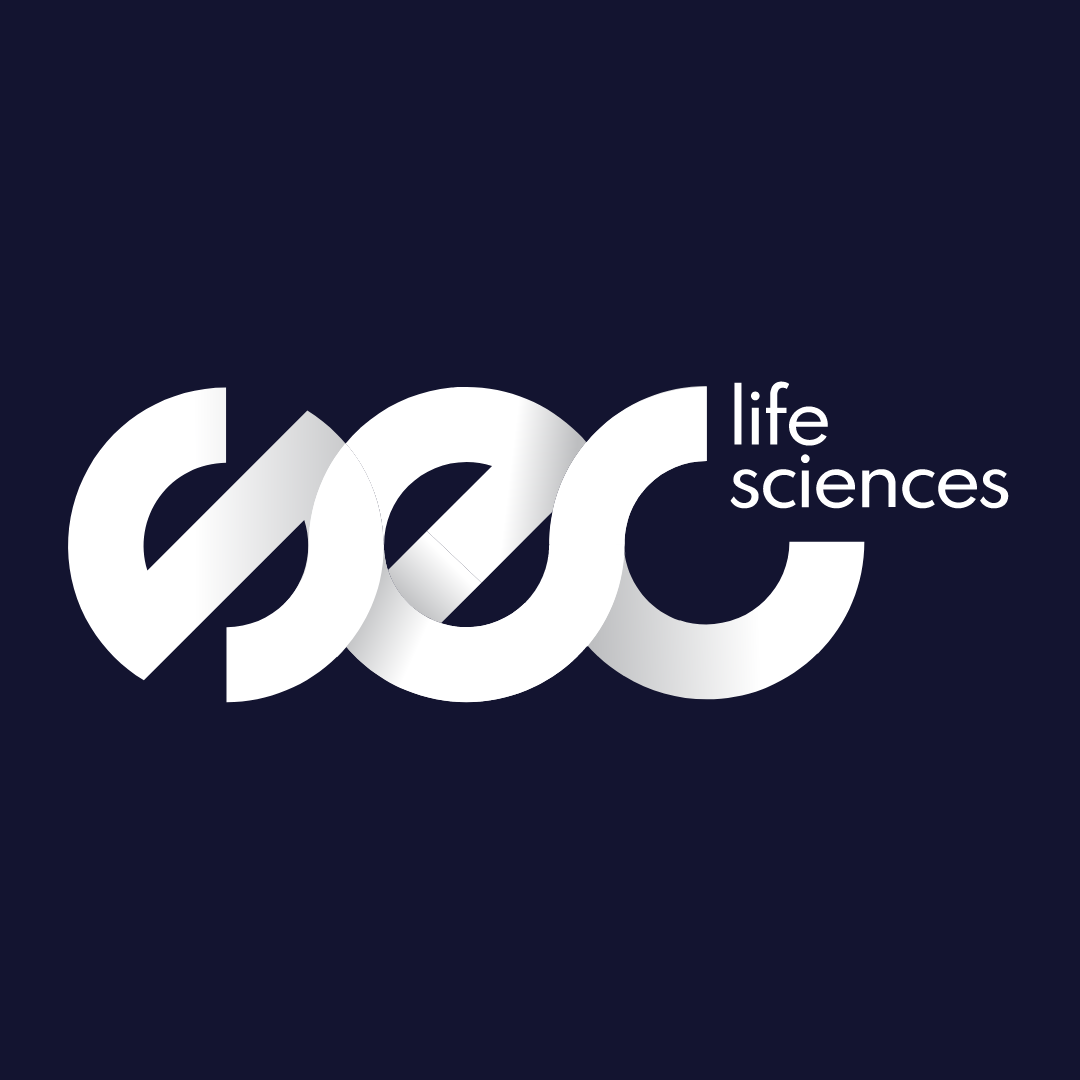
Latest News
How to Retain Talent When Moving Through Phases in Life Sciences
10 Sept, 20254 MinutesProgressing through the phases of drug or device development is one of the most exciting mil...

Progressing through the phases of drug or device development is one of the most exciting milestones for any life sciences company. But as your organization scales, there’s an often-overlooked challenge that comes with it:
Retaining the team that got you this far.
If you’re moving into Phase 3, for example, your Phase 2 staff are invaluable. They hold critical knowledge, provide continuity, and their experience will accelerate your progress.
But this is also when they are most at risk of being approached by headhunters—or even leaving the industry altogether.
Losing them could not only delay timelines but also make it significantly harder to secure niche replacements in a competitive market.
Retention at these critical points requires more than high salaries and stock options. A recent example from some of our own conversations illustrates this.
At one of the big pharma giants, employees have historically been difficult to engage because of their above-average salaries and attractive share options. But when the company’s stock value dropped, people who were previously unapproachable suddenly became open to new conversations. The lesson is clear: financial incentives are not enough to future-proof your talent strategy.
So how do you ensure your staff stay engaged and committed, even through turbulent times? Here are four practical steps to consider.
We’ve also created a simple checklist you can download to help future-proof your retention strategy as you move through phases. [Download it here].
Create Clear Development Pathways
One of the most common reasons employees leave during transitional phases is a lack of clarity about their future role.
When organizations scale, structures change, new leadership may come in, and responsibilities shift. Without visibility of where they fit, even loyal employees may start to consider alternatives.
What to do:
- Map out role evolution as you move through phases—showing staff how their work will grow with the company.
- Invest in training that prepares them for the next stage, rather than only hiring externally to fill new gaps.
- Share timelines and realistic expectations so staff can see a future beyond the current phase.
Strengthen Non-Financial Retention Drivers
Employees today value more than compensation.
A sense of belonging, purpose, and balance are equally important in long-term retention.
What to do:
- Reinforce company purpose: Remind your team how their work impacts patient lives, especially as milestones are achieved.
- Prioritise flexibility: Offering hybrid or flexible working arrangements can reduce attrition, especially for highly sought-after technical staff.
- Support wellbeing: Proactively address workload pressures during phase transitions with wellbeing programmes and realistic resourcing.
Build Loyalty Through Recognition and Inclusion
As your company scales, it’s easy for early hires to feel overshadowed by new talent. If they don’t feel recognised for their role in getting you to this point, their loyalty will erode.
What to do:
- Publicly recognise team contributions at key milestones.
- Involve long-standing employees in mentoring newcomers or shaping culture initiatives.
- Create platforms for them to share their expertise—whether in leadership meetings, town halls, or industry events.
Recognition builds a sense of ownership, which is a powerful retention lever.
Future-Proof Your Retention Strategy
Retention planning shouldn’t be reactive—it needs to anticipate both internal and external risks.
A competitor’s funding round, a downturn in your stock, or delays in regulatory approval can all influence how attractive your company looks to employees.
What to do:
- Conduct regular retention risk assessments: Identify employees in high-demand niches and track external factors that could make them vulnerable to headhunting.
- Build “stay interviews” into your HR calendar: Proactively ask employees what would make them leave—and act on the feedback.
- Diversify retention levers: Mix financial incentives with development, culture, and recognition programmes so employees stay engaged regardless of market swings.
The Bigger Picture
The reality is that your employees will always be on someone else’s radar—especially in niche life sciences areas where demand for talent outweighs supply.
If your retention strategy relies only on pay and equity, you risk losing them the moment external conditions shift.
By offering development, recognition, purpose, and proactive support, you can safeguard the knowledge and continuity needed to move successfully through phases.
At SEC Life Sciences, we’ve seen how companies that invest in future-proof retention strategies not only retain key staff but also become employers of choice in a competitive market.
📧 If you’d like to discuss how to secure your critical staff as you scale, get in touch with our sales director, Jacob Perrett, directly here.
🔗 If you’d like something practical to share with your team, we’ve pulled these steps into a one-page retention checklist. Download it here.



